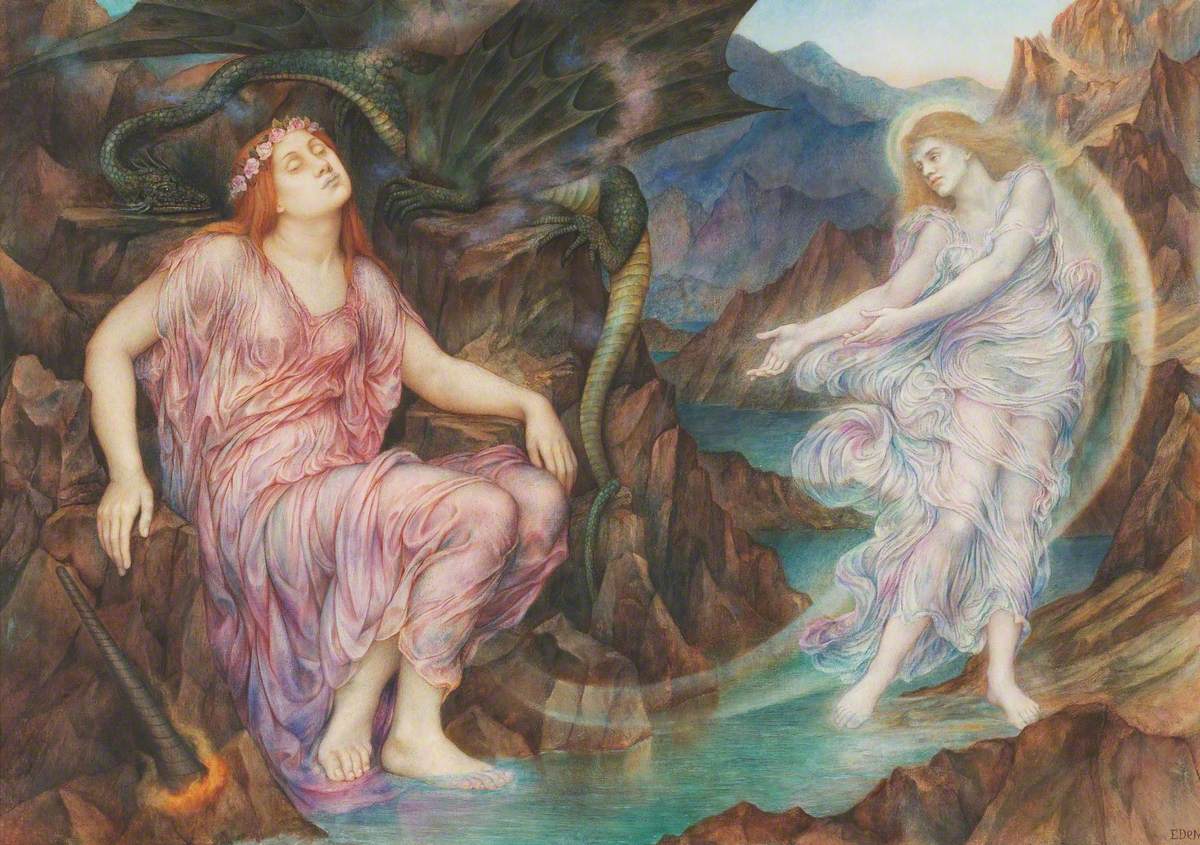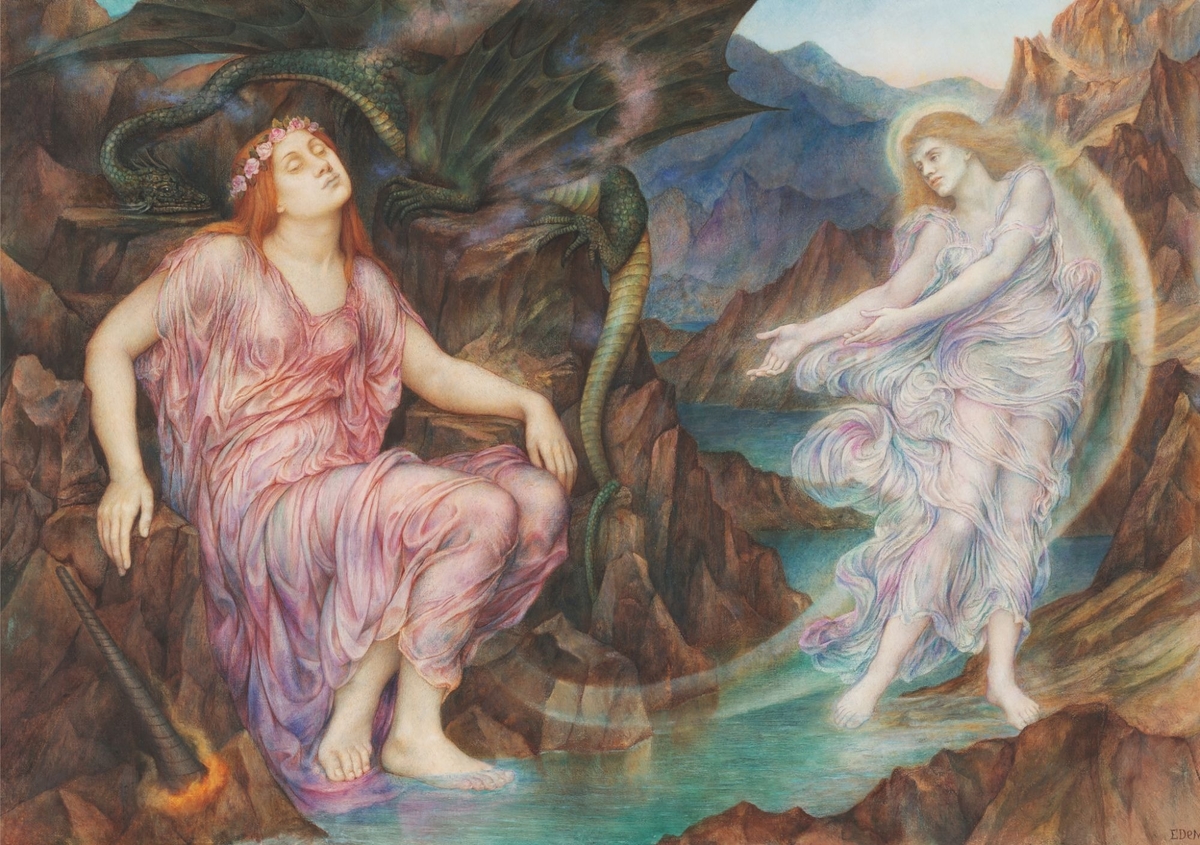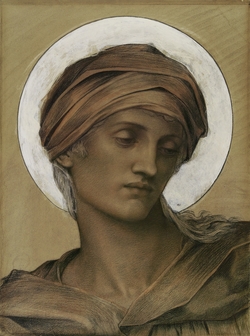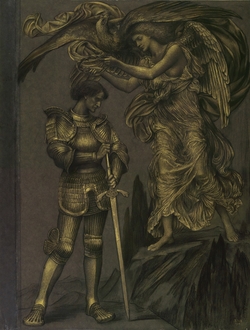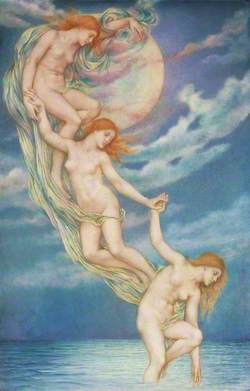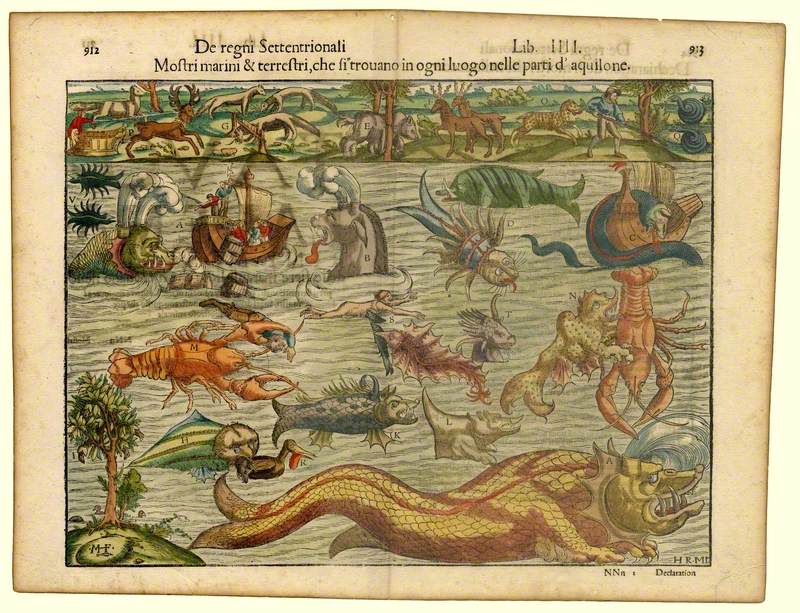How you can use this image
This image can be used for non-commercial research or private study purposes, and other UK exceptions to copyright permitted to users based in the United Kingdom under the Copyright, Designs and Patents Act 1988, as amended and revised. Any other type of use will need to be cleared with the rights holder(s).
Review the copyright credit lines that are located underneath the image, as these indicate who manages the copyright (©) within the artwork, and the photographic rights within the image.
The collection that owns the artwork may have more information on their own website about permitted uses and image licensing options.
Review our guidance pages which explain how you can reuse images, how to credit an image and how to find images in the public domain or with a Creative Commons licence available.
Notes
Add or edit a note on this artwork that only you can see. You can find notes again by going to the ‘Notes’ section of your account.
For Evelyn, the motif of the sea encompassed several tropes both metaphorical and physical. Evelyn uses the device to help create a mood; for instance, beauteous contemplation or violence and death. It could be a vehicle for allegory, indicating birth and renewal or the end of life. It could contain creatures representative of evil such as crocodiles, dinosaurs or dragons or creatures of beauty and myth such as mermaids. In this painting executed towards the end of Evelyn's life, the sea is used to illustrate her spiritualist belief that at the moment of death the soul’s essence, or spirit, passes out of the body and into the light of the next world. The dying figure is sitting on rocks in a dark shadowy land. The flaming torch of life has fallen from her hand and will shortly be extinguished in the water.
Title
The Passing of the Soul at Death
Date
1910–1919
Medium
oil on canvas
Measurements
H 78.8 x W 120.8 cm
Accession number
P_EDM_0027
Acquisition method
gift
Work type
Painting
